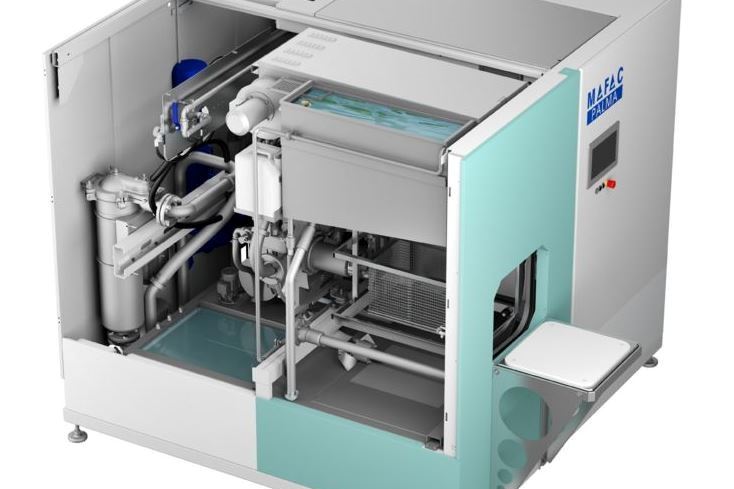Color Uniformity
Question: We manufacture flag poles, some of which get anodized clear and bronze.
Question:
We manufacture flag poles, some of which get anodized clear and bronze. Lately we have noticed a color uniformity problem. On a 24-ft. extruded pole, the bottom 10 feet is light colored dark bronze and the top portion is a dark colored dark bronze. It’s an immediate change of color. Is this an anodizing problem, or a part problem? P.H.
Answer:
In the Type II (sulfuric acid) anodizing process and its variations, the aluminum reacts chemically with the sulfuric acid in the presence of a direct electrical current to form aluminum oxide.
Featured Content
Since this is an electrochemical reaction, the aluminum oxide (the anodic coating) is an integral part of the aluminum. It’s not an “applied” finish such as paint. With this being the case, it follows that the composition of the aluminum substrate can and will determine the characteristics of the anodic coating. All anodizing is sensitive to the alloy and temper of the parts being anodized. This sensitivity is manifested as a color difference and/or a difference in coating hardness, thickness, or perhaps other physical attributes.
Because you’re talking about a color difference within the same piece, this eliminates the possibility of alloy difference. This most likely narrows the choices to a difference in the temper of the part from one end to the other or something drastically going wrong with the anodizing process itself.
What does the anodizer have to say about this? Is there something wrong with his process, or is there something wrong with the part? This is pretty easy for the anodizer to answer. If he runs other long, bronze extrusions in the same tanks and is getting a uniform end-to-end color, then I would say that it is probably not something wrong with the process. This would seem to point to the temper of the part as the logical place to start our troubleshooting.
The temper of each flag pole is determined by the processes it goes through before it is anodized, including the extrusion process itself. This is unlikely, but let’s mention it anyway. In that case, the speed at which the extrusion is pushed through the die can cause the grain structure to be such that the normal heat treating process that the extruder uses is not adequate to bring the metal to the right temper. Like I said, this would only be the case if the speed through the extrusion die changed at regular intervals. Not likely. Let’s eliminate that possibility.
If your flag poles are tapered, and looking at your web site it appears that at least some of them are, the tapering process can be enough to change the temper of that part of each pole. When the poles are tapered they are being work hardened to some degree. If the tapering process is done “gently” it is possible that the small amount of work hardening that does occur is not enough to affect the temper of the metal. In this case there is no apparent color difference from end to end. In actuality there may be some slight color difference, but not enough to be obvious to the eye. If, however, the tapering is relatively “aggressive” the temper change due to work hardening could be great enough to dramatically affect the anodized color of the pole.
I could be all wrong, but I think this is the best possibility given what information I have. Check to see if the color difference starts in the vicinity of the start of the taper. If this is not the case, then there may be something wrong with the anodizing process. I have no way of knowing that without being there.
RELATED CONTENT
-
Test Methods For Evaluating Anodized Aluminum
Benefits of anodizing include durability, color stability, ease of maintenance, aesthetics, cost of initial finish and the fact that it is a safe and healthy process. Maximizing these benefits to produce a high–performance aluminum finish can be accomplished by incorporating test procedures in the manufacturing process.
-
Understanding Corrosion and Salt Spray
How it’s produced, NSS testing and how to get the best results possible.
-
Plating Q&A: Can you color stainless steel?
Our expert, Art Kushner, says yes, you can color stainless steel, but it is not a process that is typically performed in a plating shop. Read more about his answer.



















